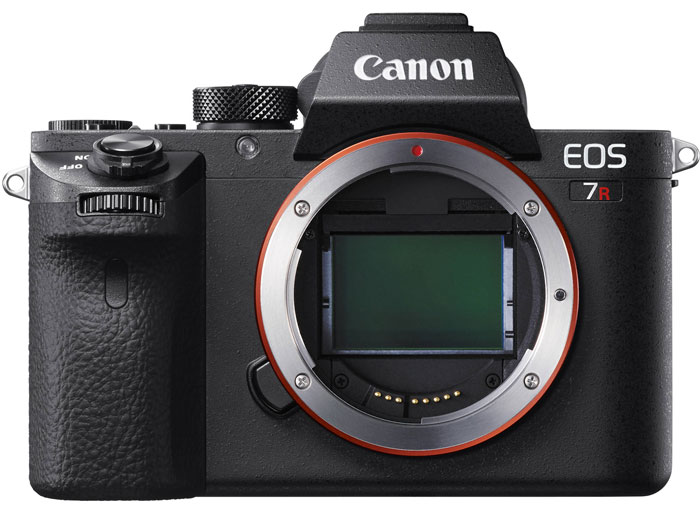

The R7 isn’t quite as fast or accurate, of course-there are some huge hardware difference in play. In order to help the R7’s AF system keep up with its speedy burst rate, Canon equipped it with the same basic focusing tech you’ll find in the flagship R3. I let the AF tracking handle most of the work and it didn’t miss.

I was holding the camera up over my own head and shooting down into the bowl. Canon R7 autofocus I wasn’t looking through the viewfinder for this show. It would be great in the stands or on the sidelines of a school sporting event or out in the woods on a long hike trying to get some great bird shots without compressing your spine under the weight of your gear. This is a camera for shooters who want to cover fast action without forking over tons of cash for an R3. Those numbers handily beat the R7’s big sibling, the R6, which tops out at 12 fps mechanical and 20 fps electronic despite offering more than 50 percent more megapixels. Instead, Canon built a more traditional CMOS sensor that’s capable of churning out up to 15 fps with the mechanical shutter or 30 fps when fully electronic. In fact, it’s not even backside-illuminated (BSI) as you might expect. It’s not a stacked sensor like you’ll find in the R3 (or other super-high-end cameras like the Sony A1 and Nikon Z9). The R7 centers around a brand-new 32.5-megapixel sensor that the company optimized for speed as well as image quality.
Stan HoraczekĪs its name suggests, the R7 is a spiritual successor to the Canon’s 7D-series DSLRs. What is the Canon R7 mirrorless camera? There’s no room for a display up-top, but there are dials and buttons to help you get around. We expect to expand this review down the line when we have extended opportunity to shoot with it. These impressions come from roughly two days spent shooting with a retail-ready body. PopPhoto was one of the first outlets to get to try the new R7 on a recent press trip.


 0 kommentar(er)
0 kommentar(er)
